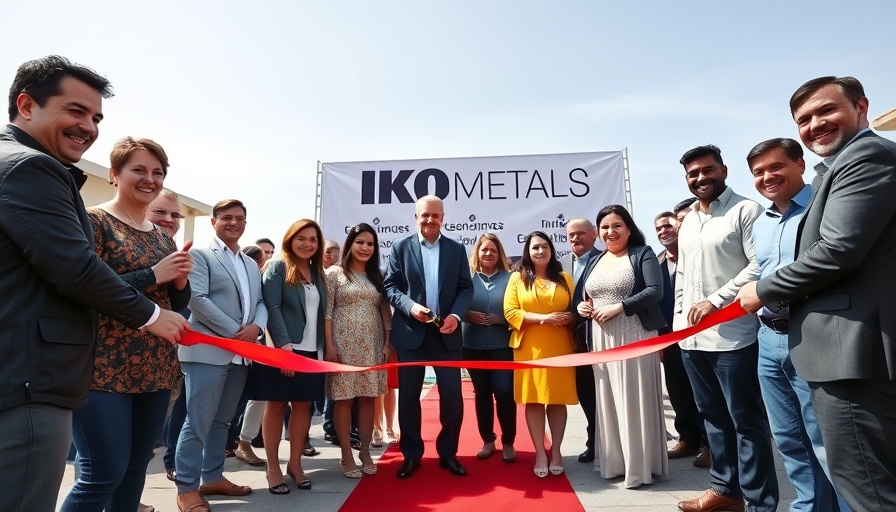
Focus on Asset Security Amidst Tariff Turmoil
As construction businesses grapple with increasing tariffs on materials, safeguarding assets has never been more crucial. For business owners, property developers, and facility managers, the focus on maintaining security during such uncertain times can significantly impact their projects and bottom lines. This article explores the importance of asset security, especially when financial resources are stretched, and highlights actionable insights for staying ahead.
Understanding the Economic Landscape
The current climate of tariff uncertainty has forced many construction firms to adjust their procurement strategies. With unexpected increases in material costs, businesses must navigate a scenario where every decision counts. Understanding the economic implications of tariffs on supply chains allows companies to make informed choices about materials, labor, and investments in security measures that protect their assets.
The Role of Technology in Asset Security
Implementing advanced technology is vital for asset protection. Integrating security systems—such as surveillance cameras and access control systems—can shield construction sites from theft and vandalism. Innovative solutions such as drone technology for surveillance or biometric systems for accessing sensitive areas can revolutionize how businesses protect their assets.
Building Awareness Among Stakeholders
Educating employees on the value of asset security is crucial. Training staff to recognize potential threats and implementing proactive security measures helps create a culture of awareness. Business owners should communicate with their teams to foster an understanding of the importance of safeguarding not only physical assets but also corporate reputation during challenging economic periods.
Creating a Comprehensive Risk Management Plan
Risk management is key for navigating the impacts of increased tariffs while ensuring asset security. Businesses should develop comprehensive plans that outline risk assessments, emergency interventions, and recovery strategies. A solid risk management plan can provide clarity during tumultuous times, enabling businesses to respond promptly to any incident affecting their assets.
Prioritizing Sustainable Practices for Long-term Gains
Amidst these shifts, embracing sustainable building practices can also provide a competitive edge. Utilizing green materials and practices helps mitigate the financial impact of fluctuating tariffs, while promoting environmental responsibility enhances a business's marketability. Property developers and construction firms that prioritize sustainability can appeal to increasingly conscious consumers, potentially leading to increased project interest despite financial constraints.
In conclusion, focusing on asset security amidst tariff uncertainty is essential for maintaining operational stability. By leveraging technology, educating stakeholders, crafting robust risk management strategies, and integrating sustainable practices, businesses can enhance their defense against economic volatility. Embracing these insights will not only support asset protection but also position companies for future success in the evolving construction landscape.
 Add Row
Add Row  Add
Add 




Write A Comment